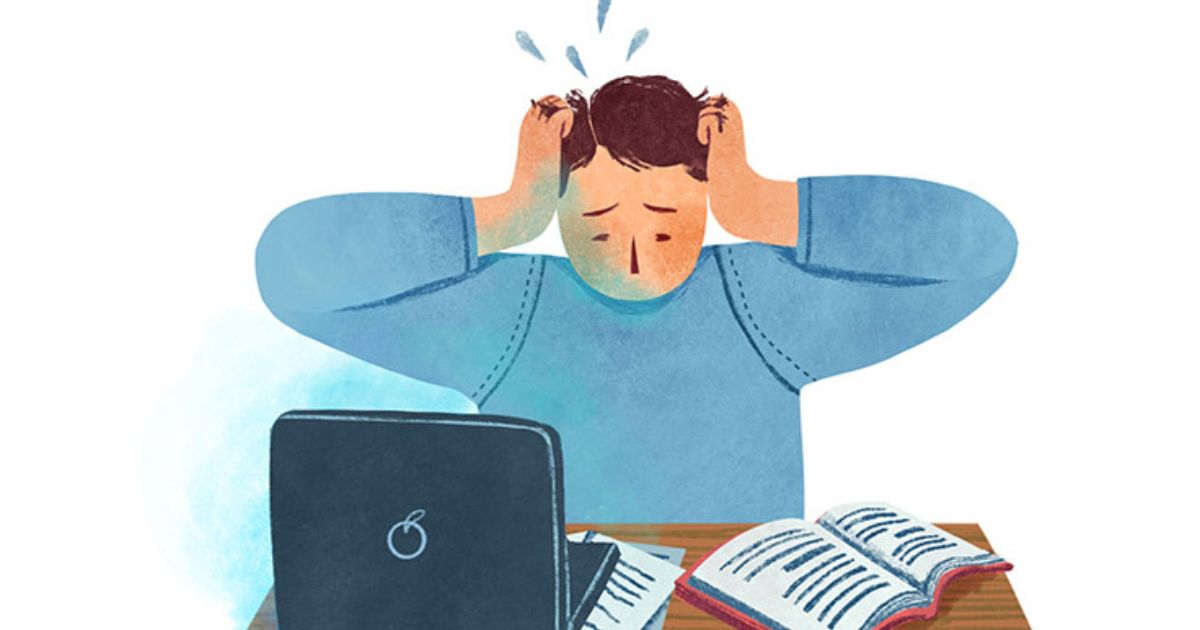The age-old debate of when to put up holiday decorations continues, with some diving into the festive spirit as early as November, while others wait until December. The question arises: Does putting up holiday decorations early actually make you happier? According to experts, the resounding answer is yes, and here’s why.
A 2022 survey of 1,000 Americans by Wakefield Research found that nearly 80% of participants feel that decorating early in the season puts them in the holiday spirit.
Jami Warner, the executive director of the American Christmas Tree Association, suggests that the joy associated with early holiday decorating could be attributed to a change in routine, feelings of nostalgia, or the simple pleasure of festive decor.
Psychologist Deborah Serani adds a scientific perspective, noting that holiday decorating can lead to a spike in dopamine, a neurotransmitter associated with positive feelings and pleasure. As the winter months bring shorter days and seasonal affective disorder cases rise, decorating early can counteract the gloom, bringing light and a sense of joy to homes.
John Cottone, a licensed psychologist with Choosing Therapy, highlights the psychological impact of lights, especially those of bright colors, triggering associations with festivities, safety, and joy. Moreover, holiday decorations engage creativity, providing a positive effect on mental health by associating with concepts of birth and life.
Aura De Los Santos, a clinical psychologist and specialist at E-Health Project, emphasizes the social aspect, noting that people often feel more cheerful and energetic during the holidays as it represents parties, being with loved ones, and having fun.
Holiday Decorations And Happiness
The question arises: Which comes first, decorating or happiness? Cottone suggests that decorating is a response to the seasonal gloom associated with diminishing sunlight in autumn. On the other hand, De Los Santos believes that happiness can kick off the decorating process, creating a positive feedback loop.
Experts agree that there are no strict rules on when to decorate for maximum joy. Some individuals keep a Christmas tree year-round, while others put it up in October and decorate it with items for various holidays. The key is to do what brings joy to you and your household.
However, Cottone advises against relying solely on decorations for happiness throughout the holiday season. The longer decorations are up, the more likely people are to habituate to them, diminishing their mood-boosting effect over time.
When it comes to the quantity of decorations, more doesn’t necessarily mean better. Cottone suggests avoiding excessive decorations, as the more there are, the more there is to take down, potentially becoming a burden that negatively impacts mood.
While holiday decorating is a source of joy for many, it’s essential to acknowledge that the holidays can be a challenging time for some. Those who have experienced loss or major life changes may find the season a stark reminder of happier, simpler times. Cottone recommends celebrating and decorating in new ways to create new positive associations.
In conclusion, the relationship between holiday decorating and happiness is a complex interplay of routine, nostalgia, psychological responses, and social connections. Whether you choose to deck the halls in November or wait until December, the key is to find joy in the process and respect your emotions during the holiday season.
As the holiday season unfolds, experts encourage individuals to embrace what brings them comfort and happiness, whether it involves early decorating, creating new traditions, or finding solace in cherished memories. Ultimately, the holidays are a personal journey, and the key is to navigate them in a way that fosters well-being and connection.








Leave a Reply
You must be logged in to post a comment.